Discover Optical Glass Tempering and All That it Makes Possible
Created at : Dec 12 2022
Optical glass tempering is a process that uses controlled heating and cooling to harden the surface of a piece of optic type glass. The result produces a very strong, scratch-resistant, and light-stable material that can be used for various applications such as lenses, prisms, mirrors, etc.
Create Thermal Stress on its Surface
The optical tempering process begins by placing the glass into an oven which then uses heat to soften it. After reaching a specific temperature, the softened material is quickly cooled with air or liquid nitrogen in order to create thermal stress on its surface. This causes the molecules in the glass to rearrange themselves in an even distribution throughout the material’s surface layers, imparting greater strength and stability than was present before temper processes took place. In order to maintain the integrity of the optical material, tempering must be done with extreme precision and accuracy.
Used For Optics-Related Purposes
If the temperature is too high, or if it is not cooled quickly enough, then the surface of the material may become distorted, and its structural integrity may be compromised. Tempered glass for optic needs is ideal for use in many applications where a combination of strength, durability, and clarity are required. It is most used in telescopes, microscopes, eyeglasses and other magnifying lenses as well as camera lenses and display screens for electronics such as tablets or computers. In addition to being used for optics-related purposes, tempered optical glass can also be used to make aquariums since it will resist any scratching from fish or other objects.
Create Intricate Designs and Patterns
Tempering optical glass is a complex process, but it yields results that are well worth the effort put into it. The finished product is a material that can endure a wide range of conditions while still maintaining its structural integrity and clarity, making it ideal for many different applications. Optic glass tempering offers an added benefit over traditional glazing techniques such as sandblasting or acid etching because it does not leave behind any visible marks on the surface of the glass. This means that one can create intricate designs or patterns without worrying about them being seen after tempering has taken place. Contact Sterling Precision today!

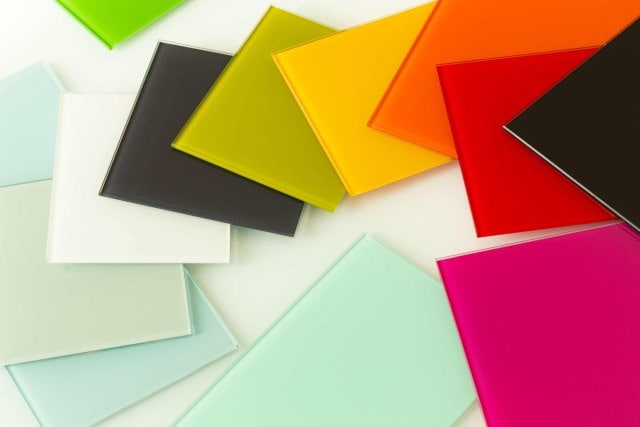 CUSTOM OPTICAL FILTERS
CUSTOM OPTICAL FILTERS
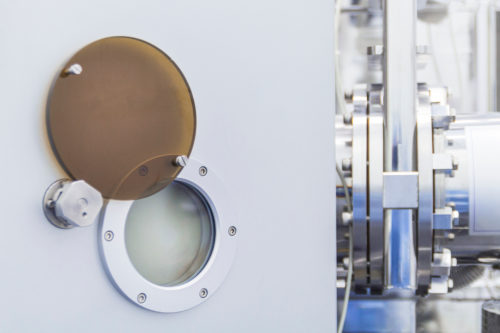 OPTICAL WINDOWS
OPTICAL WINDOWS
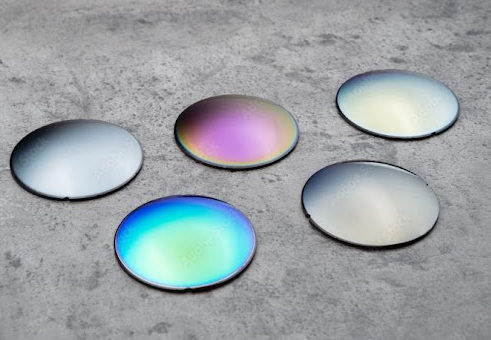 OPTICAL COATINGS
OPTICAL COATINGS
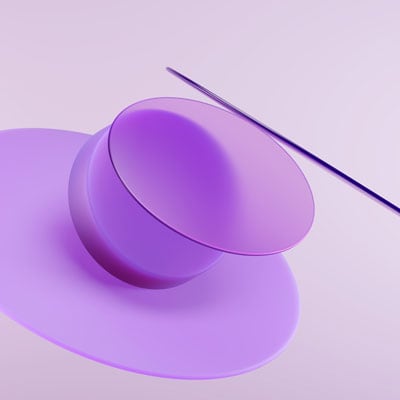 UV OPTICS
UV OPTICS
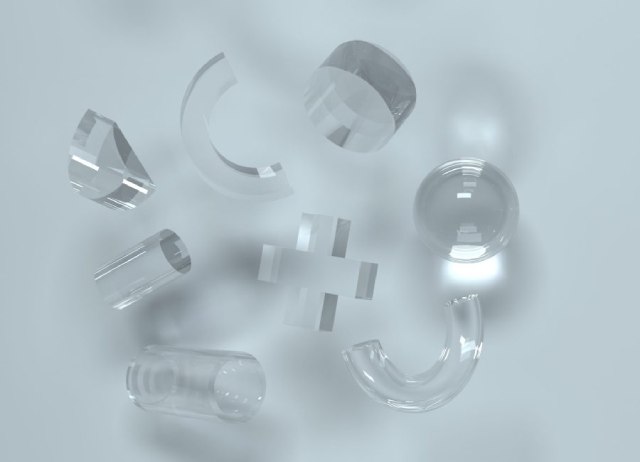 CYLINDRICAL OPTICS
CYLINDRICAL OPTICS
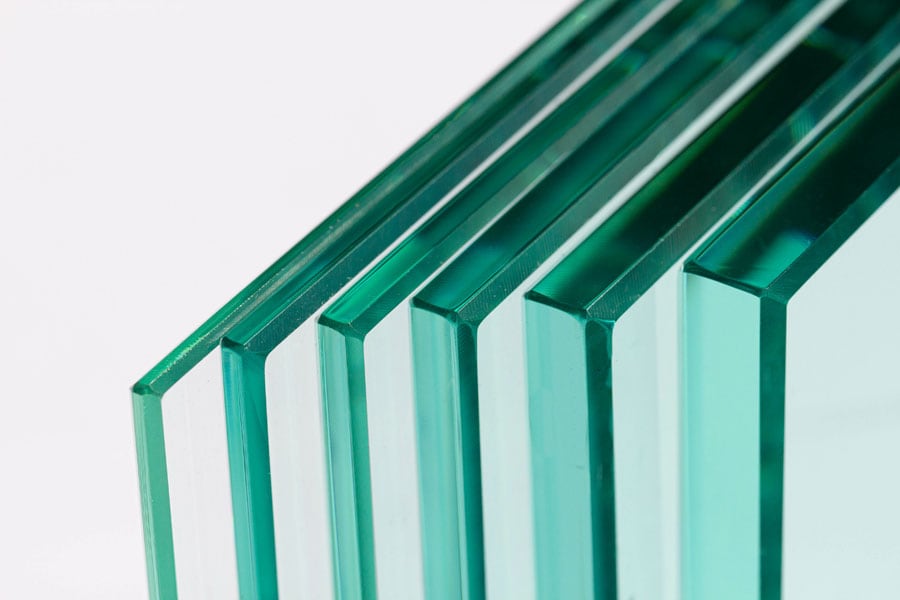 CUSTOM TEMPERED OPTICS
CUSTOM TEMPERED OPTICS
 OPTICAL MIRRORS
OPTICAL MIRRORS
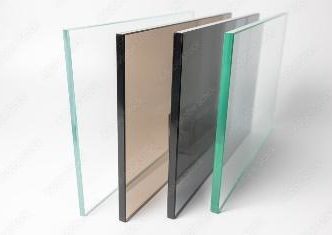 NEUTRAL DENSITY
NEUTRAL DENSITY
 PRISMS & RETROREFLECTORS
PRISMS & RETROREFLECTORS
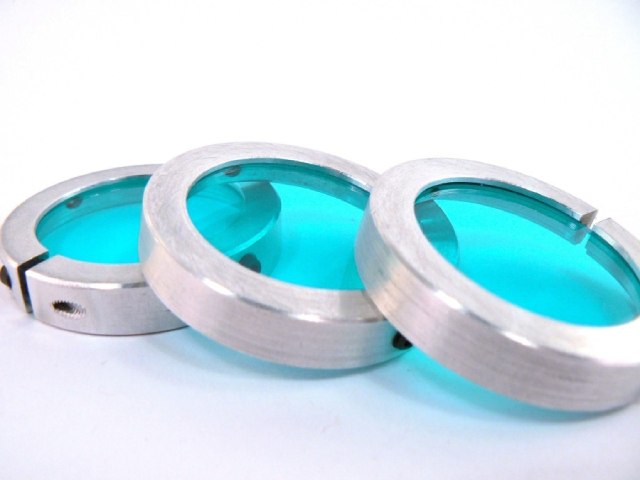 ASSEMBLIES
ASSEMBLIES
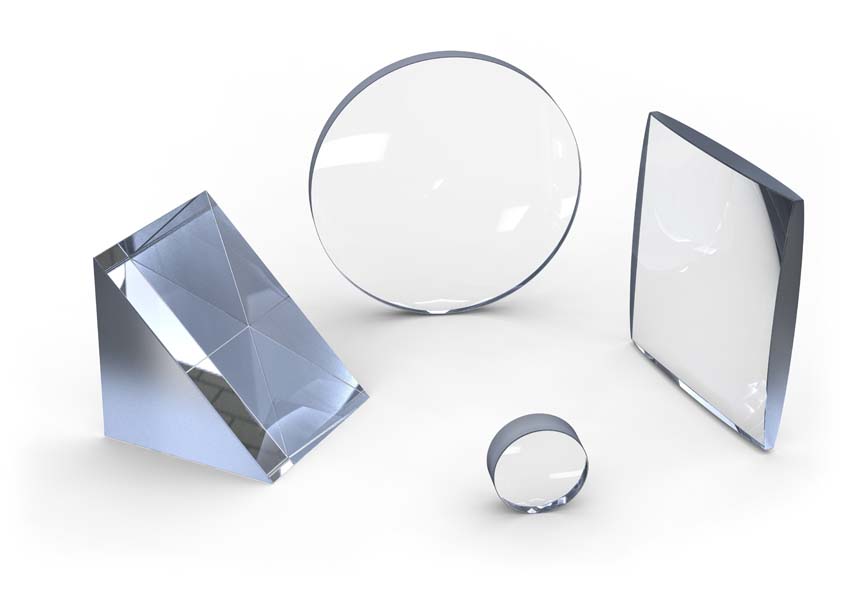 OPTICAL LENSES
OPTICAL LENSES
 NIGHT VISION FILTERS
NIGHT VISION FILTERS
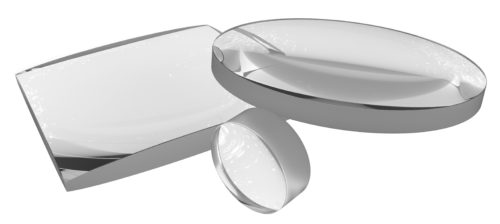 ACHROMATIC LENSES
ACHROMATIC LENSES
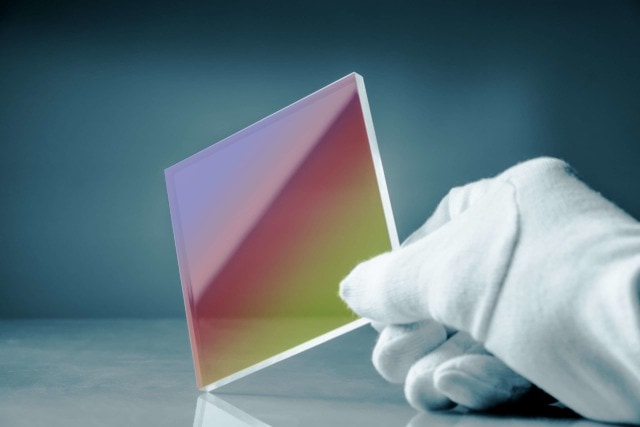 OPTICAL BEAM SPLITTERS
OPTICAL BEAM SPLITTERS
